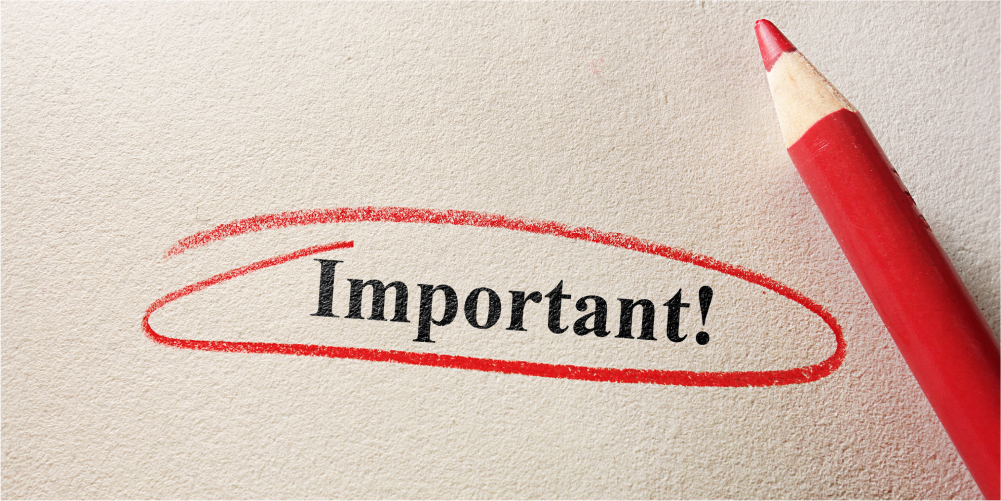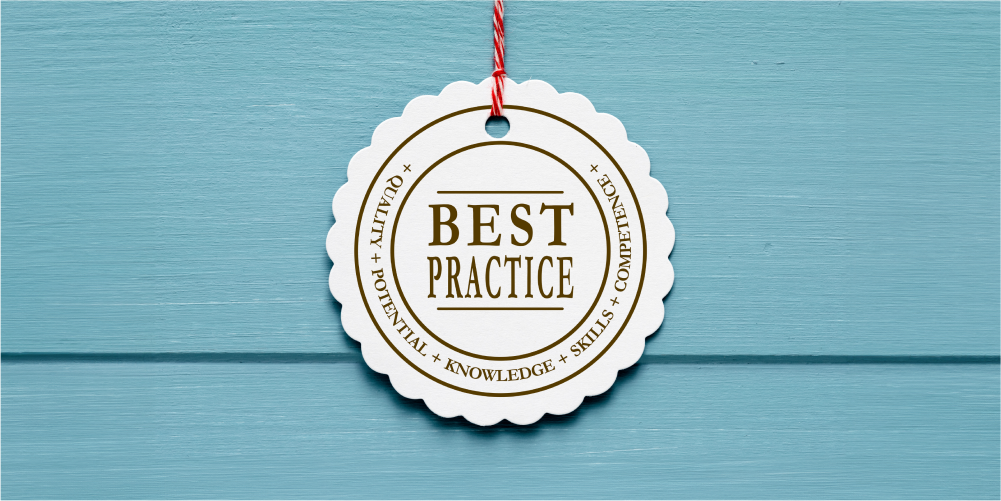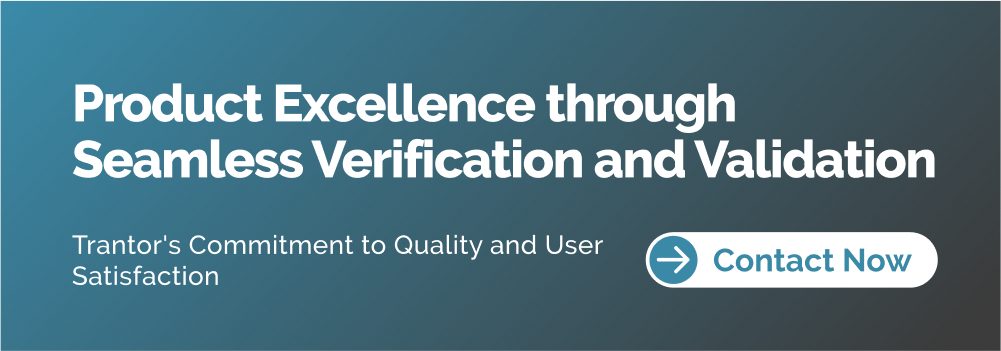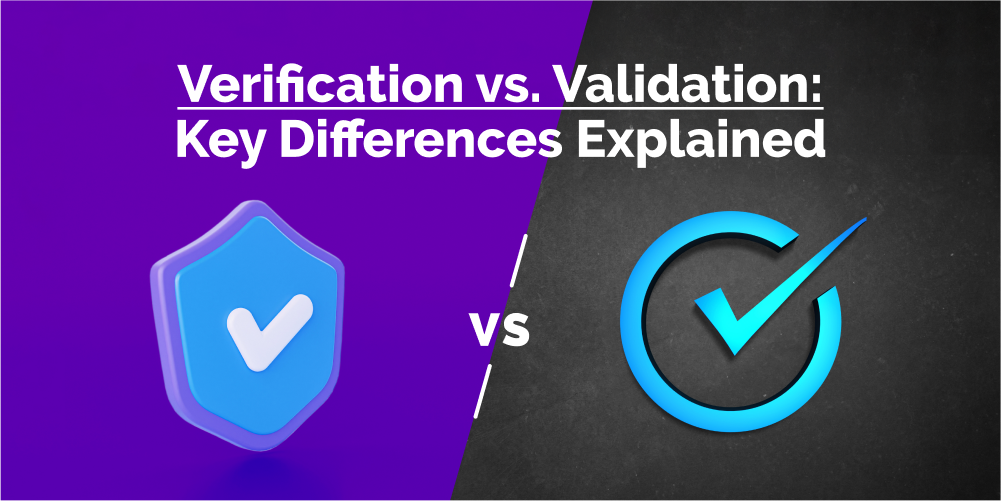Software Development, zBlog
Verification vs. Validation: Understanding the Key Differences
Team Trantor | Updated: May 6, 2024
Introduction
In the realms of software development, quality assurance, and project management, the terms “verification” and “validation” are often used interchangeably, leading to confusion and misunderstandings. However, these two concepts are distinct and play crucial roles in ensuring the success and quality of any project or product. In this comprehensive blog post, we’ll explore the definitions, objectives, and key differences between verification vs validation, providing you with a deeper understanding of these essential processes.
Definitions and Objectives
- Verification:
- Definition: Verification is the process of evaluating a system, product, or service to confirm that it meets the specified requirements, design, and specifications.
- Objective: The primary objective of verification is to ensure that the product or system is built correctly, and adhering to the established standards, guidelines, and specifications.
- Validation:
- Definition: Validation is the process of evaluating a system, product, or service to confirm that it meets the intended use, user needs, and requirements in the operational environment.
- Objective: The main objective of validation is to ensure that the right product or system is being built, satisfying the actual needs and expectations of the stakeholders and end-users.
While verification focuses on ensuring that the product is built according to the specified requirements, validation goes a step further by confirming that the product meets the actual user needs and intended use cases.
Key Differences: Verification vs Validation

- Purpose:
- Verification: The purpose of verification is to ensure that the product or system adheres to the defined specifications, standards, and requirements throughout the development lifecycle.
- Validation: The purpose of validation is to ensure that the product or system meets the actual needs and expectations of the stakeholders and end-users and that it functions as intended in the real-world operational environment.
- Timing:
- Verification: Verification activities are typically performed throughout the development lifecycle, starting from the initial requirements gathering and design phases, and continuing through implementation and testing.
- Validation: Validation activities are typically performed towards the end of the development lifecycle, after the product or system has been built and tested, to confirm its suitability for the intended use and operational environment.
- Focus:
- Verification: The focus of verification is on the internal correctness and consistency of the product or system, ensuring that it meets the defined specifications and requirements.
- Validation: The focus of validation is on the external functionality and usability of the product or system, ensuring that it meets the actual user needs and expectations in the real-world operational environment.
- Methods and Techniques:
- Verification: Verification activities may include design reviews, code walkthroughs, static code analysis, unit testing, integration testing, and various other testing techniques to ensure conformance with specifications and requirements.
- Validation: Validation activities may include user acceptance testing, usability testing, performance testing, compatibility testing, and other testing techniques that simulate real-world usage scenarios to ensure the product or system meets the intended use and user needs.
- Stakeholders Involved:
- Verification: Verification activities primarily involve product development teams, quality assurance teams, and other internal stakeholders responsible for ensuring that the product or system meets the defined specifications and requirements.
- Validation: Validation activities often involve end-users, subject matter experts, and other external stakeholders who provide feedback and insights to ensure that the product or system meets their actual needs and expectations.
- Outputs:
- Verification: The outputs of verification activities may include test reports, defect reports, and other documentation that demonstrates the product or system’s conformance with specifications and requirements.
- Validation: The outputs of validation activities may include user acceptance reports, usability reports, performance reports, and other documentation that demonstrates the product or system’s suitability for the intended use and user satisfaction.
Importance: Verification vs Validation

Both verification and validation are essential processes in ensuring the quality, reliability, and success of any product or system. Verification ensures that the product or system is built correctly according to the specified requirements, while validation ensures that the right product or system is being built to meet the actual user needs and intended use cases.
Neglecting either verification or validation can lead to significant risks and consequences:
- Neglecting Verification:
- If verification activities are neglected, it increases the risk of delivering a product or system that does not meet the specified requirements, leading to defects, inconsistencies, and potential rework or project failures.
- Inadequate verification can also result in non-compliance with industry standards, regulations, or legal requirements, potentially exposing the organization to legal and financial risks.
- Neglecting Validation:
- If validation activities are neglected, it increases the risk of delivering a product or system that fails to meet the actual user needs and expectations, leading to user dissatisfaction, low product adoption rates, and potential project failures.
- Neglecting validation can also result in missed opportunities for identifying and addressing usability issues, performance bottlenecks, or compatibility problems, which can impact the overall quality and success of the product or system.
Integrating Verification and Validation

While verification and validation are distinct processes, they are often integrated and complementary in nature. A well-designed quality assurance strategy should incorporate both verification and validation activities throughout the development lifecycle to ensure the overall quality and success of the product or system.
During the early stages of the development lifecycle, verification activities, such as requirements reviews and design walkthroughs, can help identify and address potential issues or inconsistencies before they are propagated further into the development process.
As the development progresses, various testing activities, including unit testing, integration testing, and system testing, serve as verification activities to ensure that the product or system is built according to the specified requirements and design.
Towards the later stages of the development lifecycle, validation activities, such as user acceptance testing, usability testing, and performance testing, become more prevalent to ensure that the product or system meets the actual user needs and intended use cases in the operational environment.
By integrating verification and validation activities throughout the development lifecycle, organizations can improve the overall quality, reliability, and success of their products or systems while minimizing the risks and potential consequences of neglecting either process.
Challenges and Best Practices

While the integration of verification and validation activities can significantly improve product quality and project success, it is not without its challenges. Here are some common challenges and best practices to consider:
- Balancing Verification vs Validation Efforts:
- Challenge: Finding the right balance between verification vs validation activities can be difficult, as overemphasizing one aspect may lead to neglecting the other, resulting in potential issues or user dissatisfaction.
- Best Practice: Establish a clear quality assurance strategy that outlines the appropriate allocation of resources and efforts for both verification vs validation activities based on project requirements, risks, and stakeholder expectations.
- Stakeholder Involvement and Communication:
- Challenge: Effective validation requires active involvement and communication with end-users, subject matter experts, and other external stakeholders, which can be challenging to coordinate and manage.
- Best Practice: Establish clear communication channels and feedback loops with stakeholders throughout the development lifecycle, and involve them early in the validation process to ensure their needs and expectations are accurately captured and addressed.
- Comprehensive Test Coverage:
- Challenge: Ensuring comprehensive test coverage for both verification and validation activities can be complex, especially in large-scale projects or systems with numerous use cases and scenarios.
- Best Practice: Develop a comprehensive test strategy that includes both verification and validation testing, leveraging techniques such as requirements traceability, risk-based testing, and test automation to improve test coverage and efficiency.
- Continuous Improvement:
- Challenge: As products and systems evolve over time, maintaining consistent verification and validation processes can become increasingly challenging, especially in the face of changing requirements or operational environments.
- Best Practice: Implement a continuous improvement process that regularly reviews and refines the verification and validation activities based on lessons learned, feedback, and changing project or product needs.
- Tool and Automation Support:
- Challenge: Manually executing verification and validation activities can be time-consuming and prone to human error, especially in complex projects or systems.
- Best Practice: Leverage appropriate tools and automation frameworks to streamline and optimize verification and validation activities, such as automated testing tools, static code analysis tools, and test management systems.
By addressing these challenges and adopting best practices, organizations can effectively integrate verification and validation activities throughout the development lifecycle, ensuring the delivery of high-quality products and systems that meet both specified requirements and user needs.
Conclusion
In the pursuit of product quality and project success, the distinctions between verification vs validation are crucial. Verification ensures that the product or system adheres to specified requirements and standards, while validation confirms its suitability for intended use and user satisfaction.
Neglecting either process can lead to significant risks, including defects, non-compliance, user dissatisfaction, and potential project failures. By integrating verification and validation activities throughout the development lifecycle, organizations can effectively mitigate these risks and enhance the overall quality and success of their products or systems.
Verification and validation processes are not one-time activities but rather ongoing and iterative processes that should be incorporated into every stage of the development lifecycle. As requirements evolve, or new features are added, it is essential to re-verify and re-validate the product or system to ensure continued adherence to specifications and user needs.
Furthermore, the integration of verification and validation activities should be tailored to the specific project, product, or system in question. The level of rigor and the specific techniques employed may vary depending on factors such as project complexity, regulatory requirements, risk factors, and stakeholder expectations.
In some industries, such as healthcare, aviation, or finance, verification and validation processes are subject to strict regulations and standards, making it imperative to follow established guidelines and best practices to ensure compliance and mitigate risks.
Effective implementation of verification vs validation activities also requires a collaborative effort involving cross-functional teams, including developers, quality assurance professionals, subject matter experts, and stakeholders. Open communication, knowledge sharing, and continuous feedback loops are essential for identifying and addressing issues promptly, ensuring that the product or system meets both specified requirements and user needs.
Additionally, organizations should consider investing in training and professional development opportunities for their teams to stay up-to-date with the latest verification vs validation methodologies, tools, and best practices. This can help foster a culture of quality and continuous improvement, enabling teams to adapt and evolve their processes as needed.
In today’s competitive landscape, where user experience and customer satisfaction are paramount, the importance of both verification and validation cannot be overstated. Organizations that embrace these processes and integrate them effectively throughout the development lifecycle are better positioned to deliver high-quality products and systems that meet or exceed customer expectations, fostering trust, loyalty, and long-term success.
At Trantor, we understand the critical importance of both verification and validation in delivering high-quality products that meet customer needs and expectations. Our team of experienced professionals is dedicated to ensuring product excellence through a comprehensive approach that seamlessly integrates verification and validation activities throughout the development lifecycle.
Trantor’s expertise in verification and validation processes allows us to provide tailored solutions that address the unique requirements of your projects. Our skilled team leverages industry-leading practices, tools, and methodologies to meticulously verify that your products adhere to specified requirements, standards, and specifications.
Moreover, we place a strong emphasis on validation activities, collaborating closely with end-users, subject matter experts, and stakeholders to ensure that the products we deliver not only meet but exceed user needs and expectations in real-world operational environments.
By partnering with Trantor, you can benefit from our unwavering commitment to quality, ensuring that your products are built correctly and align with the intended use cases, ultimately driving user satisfaction and project success.





